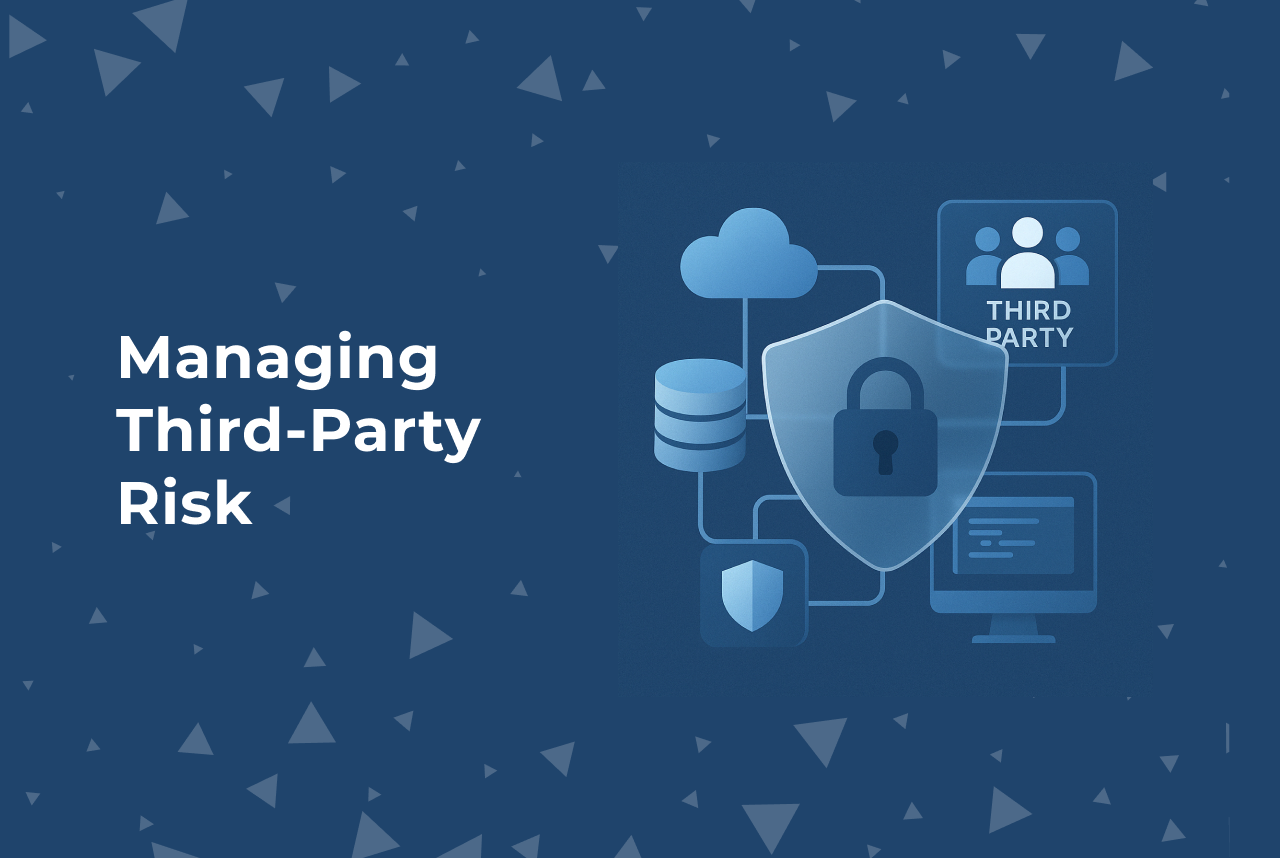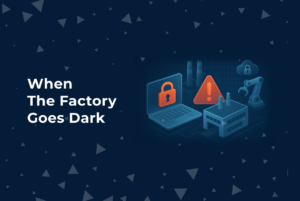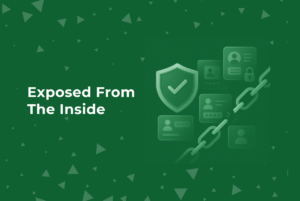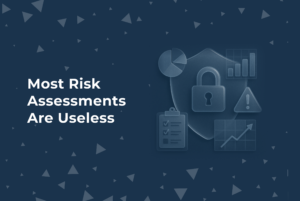It’s easy to focus on your internal systems when thinking about risk.
But increasingly, the real exposure comes from what’s outside—and connected.
Most mid-sized manufacturing companies depend on a growing ecosystem of vendors: IT service providers, cloud platforms, dev tools, third-party integrations, and contractors. This is normal. It’s how companies scale. But with every new connection, you inherit a little more risk—whether you see it or not.
Ransomware Doesn’t Always Start With You
We don’t have the full story on the Sensata attack. But based on what we’ve seen in similar incidents, it’s possible the breach began—or got worse—because of a vendor.
We’ve seen this play out before:
- 🧩 Kaseya: Attackers used remote management software to reach downstream clients.
- 📨 MOVEit: A file transfer tool exploited at scale.
- 🧬 Dependency confusion: Open-source packages silently replaced, then used to compromise internal systems.
In each case, the initial victim wasn’t the end target—it was a path to something bigger.
Vendor Access is Convenient—Until It Isn’t
Think about how many external tools plug into your environment:
- CI/CD pipelines that call out to third-party services
- Shared API keys that span staging and production
- Contractors with access to both source code and monitoring dashboards
- Cloud integrations with broad IAM roles
- Code libraries pulled from open registries, often without verification
These connections are built to make things easier. But if left unchecked, they also expand your attack surface in ways that are hard to monitor and even harder to control.
Why This Matters in Product and Infrastructure
In manufacturing, the product is no longer just hardware. It’s firmware. APIs. Code.
And your infrastructure isn’t just servers—it’s pipelines, containers, orchestration layers, and telemetry platforms.
That means third-party risk doesn’t just sit in procurement or vendor management.
It lives inside your product.
It moves with your deployments.
It spreads with access keys that were never rotated and credentials that no one remembered to expire.
What Resilient Teams Are Doing Differently
The most prepared teams we’ve worked with are treating third-party access like internal access—with the same scrutiny and structure.
Here’s what that looks like in practice:
✅ Scope vendor access tightly—by role, function, and expiration
✅ Rotate shared credentials regularly
✅ Audit cloud roles and CI/CD pipelines for external dependencies
✅ Track what libraries and tools are being pulled into your codebase
✅ Build incident scenarios that assume a trusted integration gets compromised
This isn’t about cutting vendors out. It’s about understanding what you’re plugging in—and how to contain it if something goes wrong.
One Incident Response Plan. Fifty Ways In.
Here’s the hard truth:
You may have 50 vendors in your ecosystem. But when ransomware hits, you only have one response plan.
If a single vendor has access to prod, backups, or your CI pipeline, they’re already inside your blast radius.
And ransomware doesn’t care if the entry point was GitHub, Jenkins, or Okta. It just follows the path of least resistance.
Want to Map Out Your Third-Party Risk?
We’re helping midsize product and infra teams trace the real lines between vendors, systems, and exposure points—across cloud, factory, and CI/CD.






